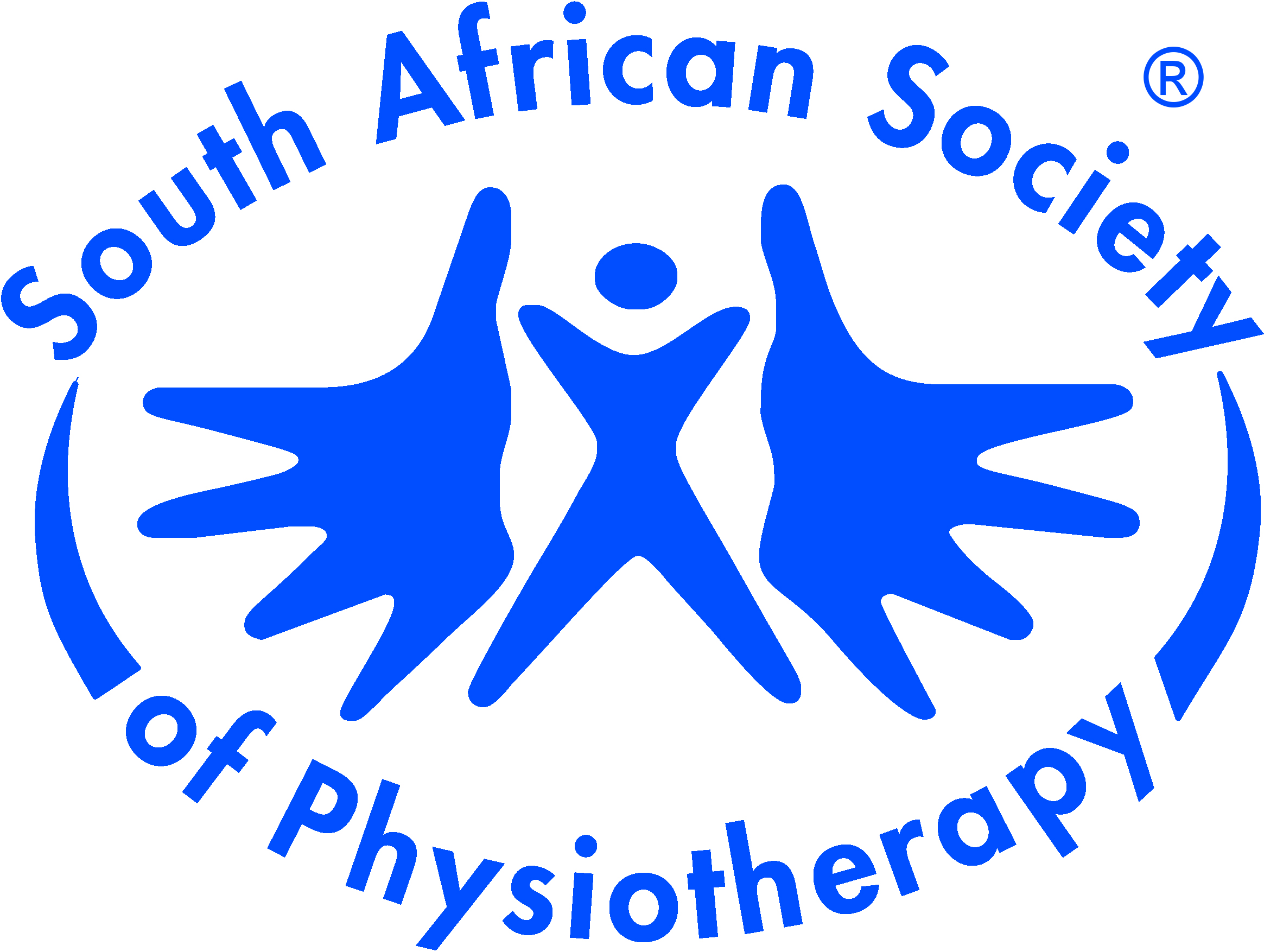Review Article
The Cardiopulmonary effect of passive movement
Submitted: 13 January 2002 | Published: 13 January 2002
About the author(s)
L. Loram, Physiology Department, University of the Witwatersrand, South AfricaS. de Charmoy, Department, University of the Witwatersrand, South Africa
Full Text:
PDF (37KB)Abstract
Eleven articles were reviewed on the cardiopulmonary effects of passive movements. These included two articles on theneurological effects of passive movements. Of the eleven articles, four were considered to have level II evidence in accordance with Sackett’s rules of evidence. There was little consensus regarding the rate or duration of passive movements. There were some suggestions that upper limb movement produces a greater ventilatory response than lower limb movement. There was a statistically significant increase (p< 0.05) in minute ventilation when the movement was done at a rate of 40 repetitions per minute or more, but this change may not be clinically significant. Passive movements were not detrimental to neurosurgical patients with a normal or slightly elevated intracranial pressure, although the values of the intracranial pressure were not stated. The studies were limited in that eight of the eleven had small sample sizes and most studies were conducted using normal subjects. Further studies with higher levels of evidence need to be conducted to verify any results reported to date in the literature. Studies that are relevant to clinical practice also need to be conducted in populations such as sedated intensive care patients.
Keywords
Metrics
Total abstract views: 2371Total article views: 4342
Crossref Citations
1. Effect of Passive Movements of Lower Extremity on Hemodynamic Parameters of the Patients under Ventilator
R. Rezaeikia, Sh. Najafi Doulatabad, A. Afrasiabifar, M. Zoladl
Journal of Clinical Care and Skills vol: 1 issue: 1 first page: 37 year: 2020
doi: 10.52547/jccs.1.1.37
